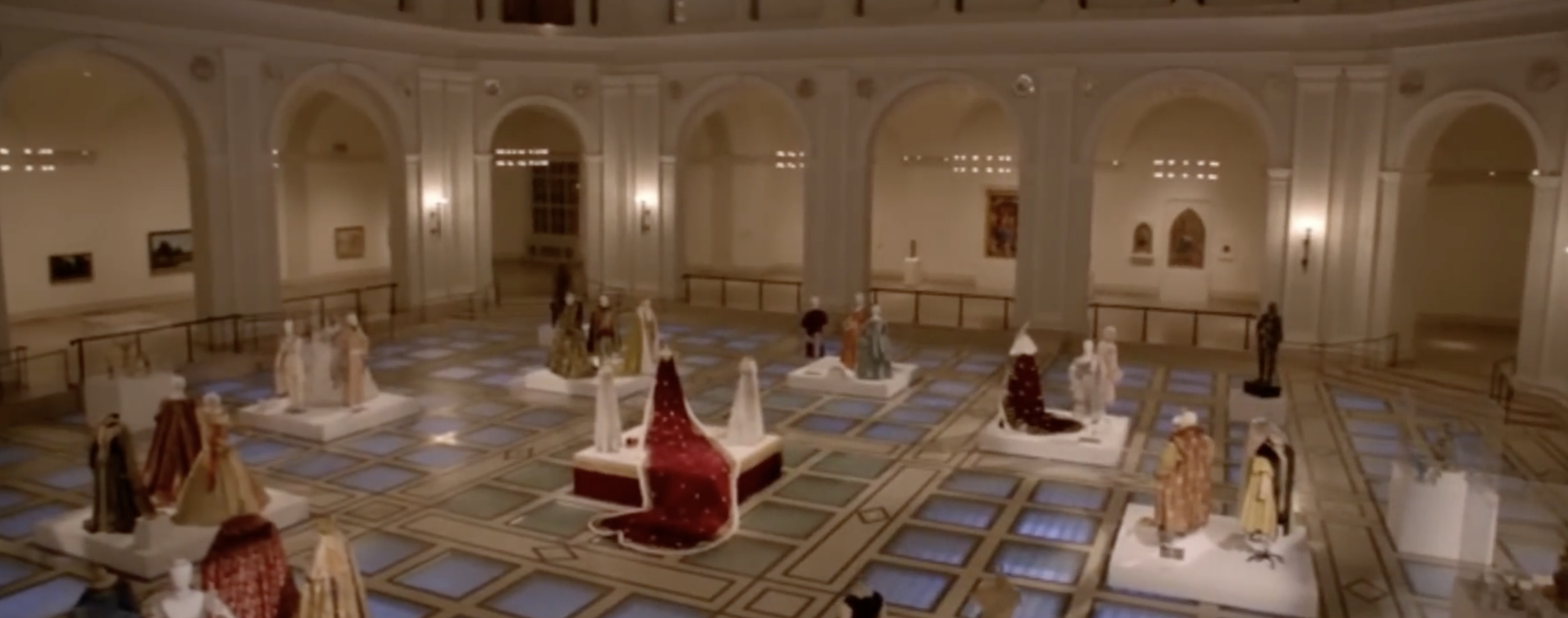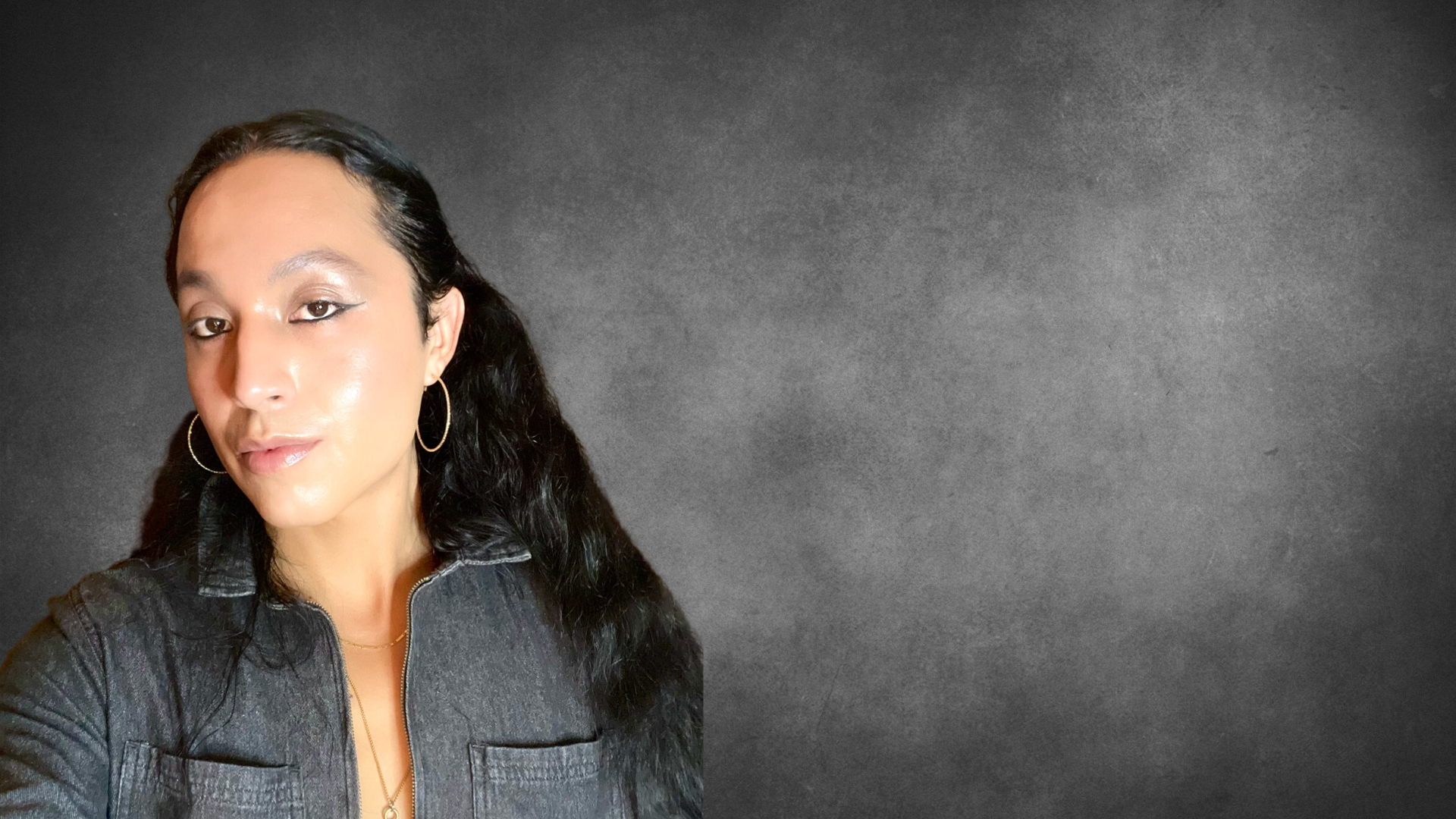
Paper Crowns
A Court Class on Portraiture, Visuality and Power with Christopher Marmolejo
5-week intensive
Dates TBA
Live on Zoom, or watch asynchronously
Sliding scale from $645
Facing the Court (Cards)
Even students who study tarot for years will tell me they still struggle with the Court cards. While our current engagement with visual culture is done via the omnipresent selfie, I consider the challenge practitioners have with reading the Court comes from being unacquainted the history of portraiture.
For most of the modern era, only the wealthy and powerful, only royals, would maintain the possibility to see an image of oneself. The royals in the tarot court represent this compressed, reworked history by showing us ourselves through these imagined images of the powerful, of the select few who would actually be able to commission portraiture. In this course we will consider how the selfie resonates so strongly because it is an evolution of the self-portrait that was once the preserve of a highly skilled few.
Gaze into the Mirror. Confront the Crown. Engage Tarot as Visual Activism
Tarot presents a unique entry into visual culture that is the relation between what is visible and the names that we give to what is seen. And what we visualize, as with the aid of the cards, is not always visible.
At stake for visual culture is simply how to see the world, when the world is changing so dynamically while exponentially expanding just how much there is to see and oh so many different points of view. Red tarot reading engages visual culture as an active way to create change, more than just a means to visualize what is happening.
What you’ll learn
Paper Crowns will explore the court cards as an archive of the portraits of the powerful. Within these compositions we will contend with the myriad ways one can face - and be faced with - our own subjectivity. We will concern the visibility of the historically invisible, the politics of the gaze, the construction of new archives; the tarot reader as visual activist generating new ideas about community and citizenry. In looking at these images we will acknowledge and enrich our own impressions of agency and power. By expanding the regard portraiture affords, we will assert our status as significant. This reading of the court will not be not photography-as-death, of transforming subject into museum object, as Roland Barthes describes in Camera Lucida but its opposite.
Paper Crowns will make these royal portraits in the court cards come alive as a subjectification of the objectified. This course is a reclamation of the historically laden image for those who have come before.
Who this class is for
Beginners and seasoned readers. Practitioners ready to study tarot through a decolonial and intersectional lens. We learn together and practice transformation.
How this course works
“Your work on the tarot is truly revolutionary, unlike anything else out there. So blessed to learn from you💫”
—NAJI T.
Ready to Confront the Crown?
The Red Read is committed to equitable access and honoring a diversity of lived experiences. A tiered tuition model invites each participant to reflect on their access to resources and choose a price point that feels appropriate — with integrity and without shame.
This model relies on community trust and mutual care. When those with greater financial flexibility choose higher tiers, it helps subsidize access for others. This is one way we practice solidarity and redistribution within our shared learning space.
Abundant Care Rate
$780 suggested rate
Choose this rate if you have abundant financial resources, access to wealth, or are able to give generously without financial strain. You help keep the work sustainable while honoring your own value! Once you purchase Paper Crowns, please make an additional suggested donation of $135 to The Red Read.
Student Care
If needed, for accessibility, reach out by email for special alumni pricing rates.
Alternatively, If you’re experiencing financial hardship, are systematically marginalized, or otherwise please reach out.
Questions?
-
Our first live class will be August 11th at 3 pm PST.
Please note times may be subject to change to accommodate the various time zones of students.
Classes will be recorded in case you ever can’t make a class!
-
Forever! You’ll have 24/7 access to all course content as it’s released and a copy of your live cohort!
-
Payment plans are available!
(scroll below to sign up)
Feel free to email with any other questions you may have about this course.
-
You will need to download and install Zoom to participate in our classes. I highly recommend purchasing Red Tarot: A Decolonial Guide to Divinatory Literacy to accompany your learning experience. (students will get a discount code for the book after enrolling) The only other thing needed is your own tarot deck of course! Let me know if you need any recommendations, or feel free to check out my blog to see the variety of decks I work with regularly. No other material or experience is required for the course!
-
Well first, any one that calls to you! But here’s a list of some of my favorites:
Mahogany Tarot
Smith-Waite Deck, Centennial Edition
Afro-Avatar Tarot
Tarot Yohualli Ehécatl
Pagan Otherworlds Tarot
Botan Tarot
Star Spinner Tarot
Terra Volatile Tarot
-
Absolutely not! My experience as an English teacher has taught to me craft the course to be accessible for beginners and experienced readers alike. Though, I promise you’ve never seen an integrated intersectional teaching of tarot like
Thresholds
offers.
-
This course is designed for you! If you’ve always wanted to learn tarot but have trouble learning from “the little white book” then this course will give you a comprehensive understanding to all Tarot has to offer.

Meet your instructor,
Christopher Marmolejo
I came to tarot as a queer, brown, de-tribalized native from an under-resourced community, already transgressing the status quo. Tarot sharpened that power, and in Thresholds I teach you to do the same.
My background blends training in critical race theory, a Masters in Education, years of classroom teaching, and professional practice as both astrologer and diviner. I do not aim to reform colonial institutions but to cultivate thriving communities outside them.
In this work, education becomes liberation. I build safe, inclusive spaces where the spirit is welcomed. Thresholds expands our reading of tarot and our imagining of freedom, guiding you toward radical self-expression and the practice of liberation.
What my students have to say
Ready to Confront the Crown?
The Red Read is committed to equitable access and honoring a diversity of lived experiences. A tiered tuition model invites each participant to reflect on their access to resources and choose a price point that feels appropriate — with integrity and without shame.
This model relies on community trust and mutual care. When those with greater financial flexibility choose higher tiers, it helps subsidize access for others. This is one way we practice solidarity and redistribution within our shared learning space.
Abundant Care Rate
$780 suggested rate
Choose this rate if you have abundant financial resources, access to wealth, or are able to give generously without financial strain. You help keep the work sustainable while honoring your own value! Once you purchase Paper Crowns, please make an additional suggested donation of $125 to The Red Read.
Community Care Rate
40% OFF
Select this tier if you’re experiencing financial hardship, are systematically marginalized, or would not be able to access this offering otherwise. No explanation is needed. This is an invitation to receive with dignity and grace.
If you’d like to access this rate, please use the coupon code COMMUNITY at check out.





